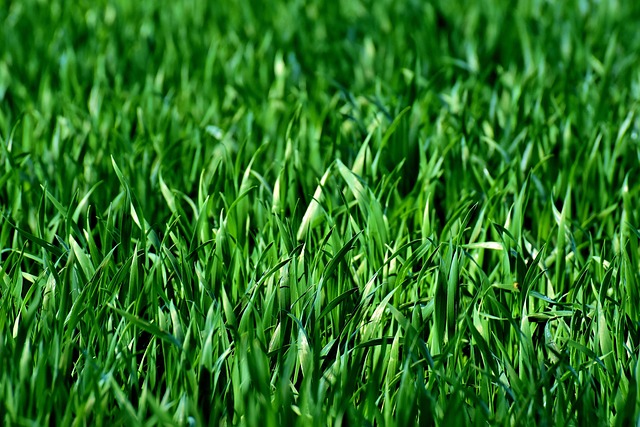Before starting any lawn care or landscaping design, conduct a thorough assessment of your outdoor space, noting size, shape, sunlight exposure, existing plants, and topography. Set specific goals aligned with your lifestyle needs, such as low-maintenance gardens or maximized outdoor living areas. Define your landscaping needs and aesthetic preferences by considering how you plan to use the space, sunlight exposure, shading, and privacy concerns. Envision the overall look and feel of your outdoor space, incorporating hardscaping, softscaping, and water features to achieve your desired outcome.
“Transform your outdoor space into a lush, functional oasis with our comprehensive guide to landscaping design and implementation. From assessing your unique property and setting goals to crafting the perfect lawn and garden, we break down the process step-by-step. Discover how to choose the right grass types, design engaging garden layouts, and incorporate hardscaping elements for a visually appealing and low-maintenance landscape. Learn effective planting techniques, efficient irrigation systems, and regular maintenance schedules to keep your lawn and landscaping looking their best all year round.”
- Assessing Your Space and Setting Goals
- – Understanding your property and its unique characteristics
- – Defining landscaping needs and aesthetics
Assessing Your Space and Setting Goals

Before diving into lawn care and landscaping design, it’s crucial to start with a thorough assessment of your space. Take stock of the size and shape of your yard, noting any unique features like slopes, patios, or existing plants. Consider sunlight exposure throughout the day; some areas might get full sun while others remain in shade. This initial evaluation will help set realistic goals for your landscaping project.
Setting clear goals is a critical step in transforming your outdoor space. Decide whether you aim to create a low-maintenance garden, maximize outdoor living areas, or cultivate a vibrant flower bed. For instance, if you’re short on time, selecting drought-resistant plants and incorporating hardscaping elements like pavers or retaining walls can simplify lawn care and maintenance. Setting specific goals will guide your design choices and ensure the final result aligns with your vision and lifestyle needs.
– Understanding your property and its unique characteristics

When embarking on a lawn care and landscaping journey, comprehending your property’s distinct features is paramount. Each yard tells a unique story—from sun exposure and soil types to existing vegetation and topography—all of which shape its potential and requirements. For instance, knowing if your space basks in full sunlight or prefers partial shade guides the selection of suitable plants and grasses. Similarly, understanding your soil’s composition enables targeted amendments to create an ideal growing environment.
This initial step in lawn care and landscaping isn’t merely about identifying challenges but also recognizing opportunities. Unique characteristics might include a natural slope offering dramatic views, an existing water feature adding character, or a sunny patio corner perfect for al fresco dining. Embracing these elements allows for a design that seamlessly integrates with the property’s inherent beauty, ensuring both functionality and aesthetic appeal in your outdoor space.
– Defining landscaping needs and aesthetics

Defining your landscaping needs and aesthetic preferences is a crucial step in any lawn care and landscaping project. It involves understanding how you want to utilize outdoor spaces, both practically and aesthetically. Consider factors like sunlight exposure, shading areas, and privacy concerns. For instance, if you enjoy entertaining guests, creating an inviting patio area with lush greenery could be a priority. Conversely, if your focus is on relaxation, a serene garden with soothing water features might be more appealing.
This process also entails envisioning the overall look and feel of your outdoor sanctuary. Do you prefer a neat, formal design with manicured lawns and symmetrical beds? Or perhaps a more natural, organic layout that incorporates native plants and irregular contours? Incorporating elements like hardscaping (retaining walls, walkways), softscaping (plants, flowers, shrubs), and water features will shape the final result. By clearly defining these needs and aesthetics, you can ensure your landscaping project aligns with your desired outcome, enhancing the beauty and functionality of your outdoor living spaces.
Transforming your outdoor space through landscaping design is an exciting journey. By assessing your unique property and setting goals that align with your aesthetic desires, you can create a vibrant and functional lawn care solution. Incorporating these strategies ensures a successful and rewarding transformation, enhancing your living environment for years to come. Remember, the key lies in understanding your space and defining your vision—let the process begin!




